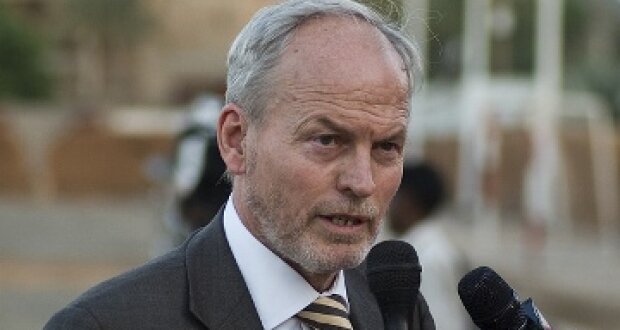Nairobi — Ethnic Somalis have had it hard in Kenya ever since the 1960s, when the British bequeathed Kenya’s Northern Frontier Province to them. And then, on second thought, decided they’d rather bequeath it to Kenya’s newly independent government in 1963.
What started as a series of border skirmishes bloomed, with an influx of cold-war weaponry, into a full-fledged war, until the Kenyan army herded the Somali population into barricaded villages and killed off their livestock.
Oppression marred the following decades and peaked with the Wagalla massacre in 1984, when the Kenyan military drove thousands of men onto an airstrip, where they lay at gunpoint.
Many died of exposure and dehydration in the desert heat. Those that survived for three days were soaked in kerosene and burnt alive. The Kenyan government has put the death toll at 57. Other researchers say it was closer to 5,000.
The bombing of the United States Embassy in Nairobi in 1998 that killed 213 people, most of them Kenyans, stoked Kenya’s fears that lawless, Muslim Somalia offered a safe haven to Islamist militants. In 2006, Kenyan police were accused of handing over Somali suspects for extraordinary rendition to secret, underground prisons in Ethiopia and Somalia.
The flow of tens of thousands of refugees across the Somali border and into crowded, fetid camps in Kenya has made foreign citizenship a holy grail to thousands of young Somalis who have never known peace.
With their pale skin and distinct features, ethnic Somalis often look different from other Kenyans and are easily picked out and asked for identification by Kenyan police. The half million or so Somalis with Kenyan citizenship get the same treatment.
In Nairobi’s jam-packed, ethnic Somali neighbourhood of Eastleigh, a city within a city, it’s been said that almost anything can be purchased – the newest designer jeans, machine guns, even passports – it’s just a question of who can afford to buy them.
Source: The Globe and Mail
By Zoe Alsop
Special to The Globe and Mail






